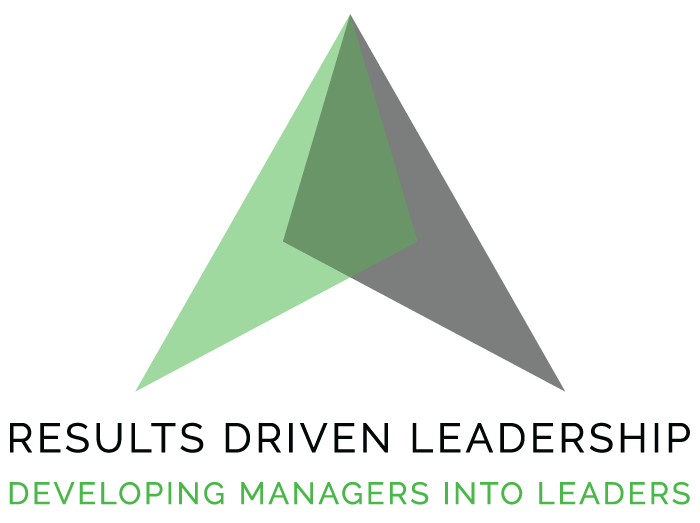TABLE OF CONTENTS
An annual planning session is an important tool for any organization, regardless of its size or industry.
By planning for the coming year, a company can set clear goals, identify potential challenges, and create a roadmap for achieving success.
One of the key benefits of an annual planning session is that it allows a company to take a step back from day-to-day operations and focus on the big picture. This can be especially valuable for businesses that have grown quickly and may be struggling to keep up with the pace of change. By planning for the future, a company can ensure that it is on the right track and making the most of its resources.

Another benefit of an annual planning session is that it allows a company to set clear goals and objectives. This can be especially important for businesses in a growth phase and need to focus on specific areas to achieve success. By setting clear goals, a company can ensure that everyone is working towards the same objectives and that resources are being allocated in the most effective way.
In addition to setting goals, an annual planning session can also be used to identify potential challenges and risks. This can be especially valuable for businesses that operate in highly competitive or rapidly changing industries. By identifying potential challenges and risks, a company can take steps to mitigate them and ensure that it is prepared for whatever the future may bring.
Another important aspect of an annual planning session is creating a roadmap for achieving success. This can include identifying specific milestones, setting deadlines, and outlining the resources that will be needed to achieve the goals that have been set. By creating a roadmap, a company can ensure that everyone is working towards the same objectives and that progress is being made in the right direction.
An annual planning session is also an opportunity to review the progress and performance of the organization, identify the areas that need improvement, and make necessary adjustments. This can be particularly valuable for businesses that are experiencing growth or change, as it allows them to adapt to new circumstances and continue to achieve success.
It is also important to involve the whole team in the planning process. By involving employees from all levels of the organization, a company can ensure that everyone is on the same page and that all perspectives are taken into account. This can help to create buy-in and engagement among team members and increase the chances of success.
3 SIMPLE STEPS
SWOT analysis is a strategic planning tool that helps businesses identify their strengths, weaknesses, opportunities, and threats. It is used to evaluate a company’s competitive position and determine how to move forward in a competitive market.
Critical success factors (CSFs) are the key areas that a business must excel in to achieve its goals. These factors can vary depending on the industry and the specific business, but they generally include elements such as customer satisfaction, financial performance, and operational efficiency.
When setting goals for a business, it is important to consider both the SWOT analysis and the CSFs. This will ensure that the goals are aligned with the company’s strengths and opportunities, while also addressing any weaknesses or threats.
For example, a company in a highly competitive market may identify customer satisfaction as a critical success factor. In this case, a goal for the company could be to increase customer satisfaction by 10% within the next year. To achieve this goal, the company may need to focus on improving its product or service offerings, or on providing better customer service.
Another example could be a company that wants to take advantage of a new market opportunity. In this case, a goal could be to enter the new market within the next year. To achieve this goal, the company may need to develop a new product or service, or to expand its distribution network.
In summary, SWOT analysis and CSFs are important tools for businesses to use when setting goals. By considering both, businesses can ensure that their goals are aligned with their strengths and opportunities while also addressing any weaknesses or threats. Additionally, by clearly identifying the critical success factors, businesses can focus on the key areas that are essential to their success.

1. Setting Goals:
The first step in an annual planning session is to set clear goals and objectives for the coming year. This includes identifying specific areas of focus, such as increasing revenue, expanding into new markets, or launching new products or services. It is important to involve employees from all levels of the organization in this process to ensure that everyone is working towards the same objectives and that all perspectives are taken into account.
2. Identifying Challenges and Risks:
The second step in an annual planning session is to identify potential challenges and risks that the organization may face in the coming year. This can include things like changes in the industry, increased competition, or shifts in the economy. By identifying potential challenges and risks, a company can take steps to mitigate them and ensure that it is prepared for whatever the future may bring.
3. Creating a Roadmap:
The final step in an annual planning session is to create a roadmap for achieving success. This includes identifying specific milestones, setting deadlines, and outlining the resources that will be needed to achieve the goals that have been set. By creating a roadmap, a company can ensure that everyone is working towards the same objectives and that progress is being made in the right direction.
In conclusion, an annual planning session is an essential tool for any organization looking to achieve success. By taking the time to plan for the future, set clear goals, identify potential challenges, and create a roadmap for achieving success, a company can ensure that it is on the right track and making the most of its resources. It is important to involve the whole team in the planning process, as this can help to create buy-in and engagement among team members and increase the chances of success.






